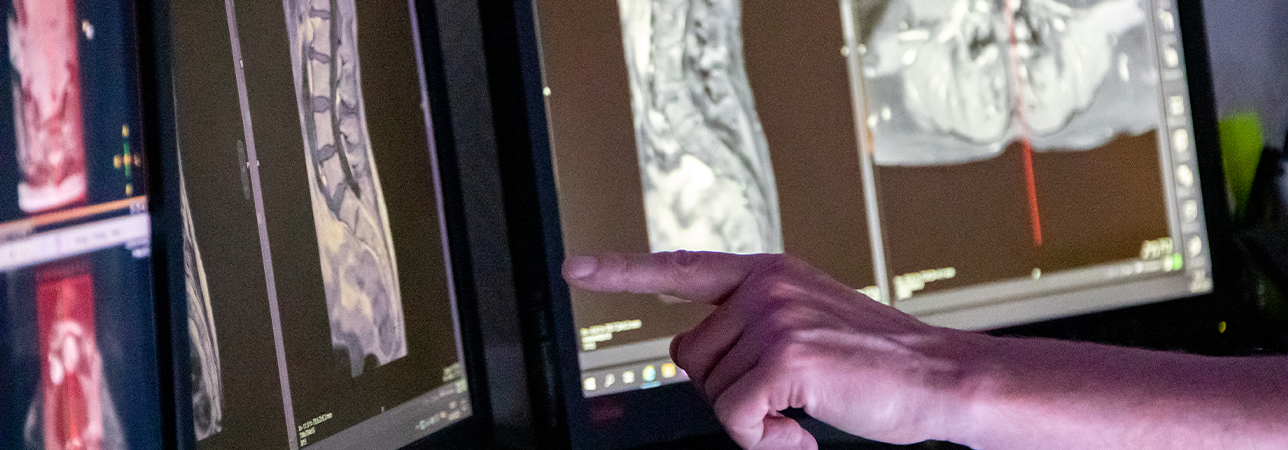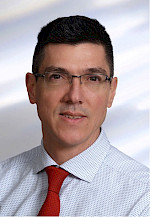-
Centres
back
Centres
- Specialties
- Medical directory
- Emergency service
-
Patients & Visitors
- About us
- Referrer
- Centres
- Specialties
- Medical directory
- Emergency service
-
Patients & Visitors
back
Patients & Visitors
- About us
- Referrer
close search





